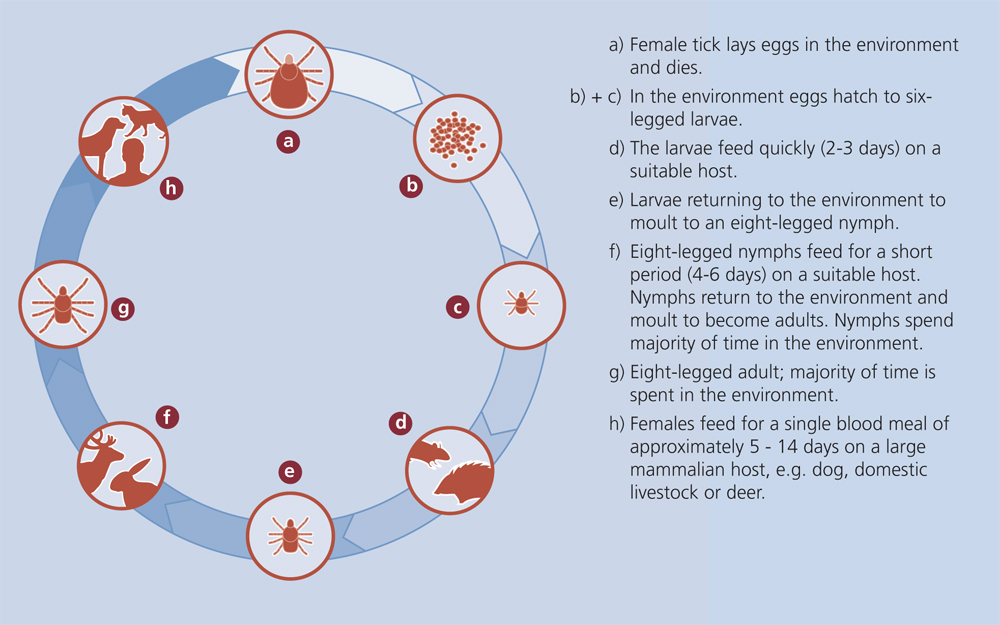tick life cycle uk
To survive once the eggs hatch the ticks require a blood meal at every stage. The life cycle takes up to 12 years.

Trek Tragedy Review On Lyme Disease Rcemlearning
Tick Season Is Upon Us Larkmead Veterinary Group During this time they go.
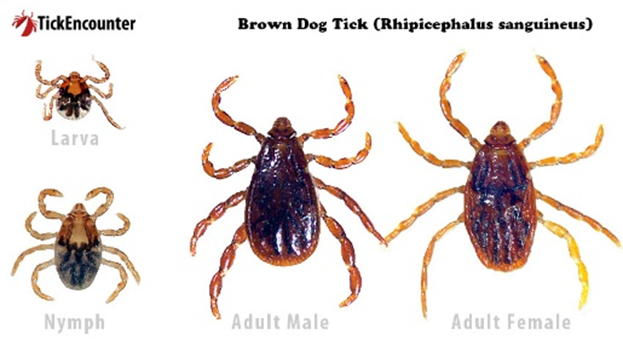
. Life Cycle of Ticks. After hatching from the eggs ticks must eat blood at each stage in order to move on to the next one. A hot room or on a hot windowsill.
The life cycle takes on average three years to complete. Sucking ticks are almost exclusively found during spring and autumn. The tick egg hatches out into a larva.
They need the dry to die. Ticks have four stages of their life cycleeggs larvae nymphs and adult ticksand every stage except the eggs feeds on blood. Inside or out ticks love a warm environment to lay their eggs.
The eggs hatch and six-legged larvae emerge from the eggs. Once laid eggs will take between 36 and 57 days to hatch. DO THE TICK CHECK Ticks prefer warm moist dark areas of the body.
Its first host is usually a small mammal or a lizard and it has to find a host in order to grow. The life cycle of ixodids can take from 1 to 6 years and involves 4 stages. The ticks will dry out and die within 24 hours.
After the eggs hatch the ticks must have a blood meal at every stage to survive. Larvae Ticks hatch from there eggs in the spring or summer months. The Brown Dog Tick Rhipicephalus sanguineus has been brought into the UK from Europe on dogs and can survive and reproduce inside a home unlike the native UK ticks.
2 The Larvae Stage 2. They go through four phases of development during this time. The tick follows quite a journey in its varied stages of life.
Larvae nymphs and adults. This period is dependent on the availability of animal hosts their location and the temperatures of the surroundings. Ticks The Risks Tick family Ticks UK Ireland.
Like all arachnids ticks have a clear division into females and males. Egg larva nymph and adult. Check the whole body.
In the USA the highest risk comes from the Deer tick Ixodes scapularis but this is not known in Europe. After feeding the larva drops to the ground to digest its food and begin to grow. The last stage is adult males and females.
A tick begins its life as an egg. Aside from its missing set of legs the larva looks a lot like an adult tick. It can take up to 3 years to complete a.
Its important to be familiar with this life cycle to get rid of ticks from your lawn and. There are four stages to a ticks life-cycle. Feeds once at each developmental stage and as the tick often feeds only once a year in the UK the whole cycle from egg to adult can take three years.
Many ticks go through a three host life cycle meaning that they parasite three different host bodies during their lifetime. It finds a host sucks blood and hides in vegetation. Tick Control Ixodes scapularis the black-legged deer tick which is the primary vector for Lyme disease has a four-stage life cycle and a lifespan of about two years.
It takes 3 to 36 months for ticks to complete their lifecycle. A tick starts life as an egg and because tick mortality is so high the female tick lays as many as 18000 eggs in the ground. What does a tick nest look like in UK.
This is the safest way to handle your outdoor clothing as ticks can survive a full cycle in the washing machine. They overwinter under moss and other undergrowth. By Centers for Disease Control and Prevention.
1 The Egg Stage 1 After the adult female tick has acquired a proper blood meal she mates with the adult male tick leaves the host and searches for a suitable spot to lay her eggs. Blacklegged ticks can feed from mammals birds reptiles and amphibians. The larva has only six legs.
Egg larva nymph and adult. A female tick will lay anywhere between 4000 and 6500 eggs. During this time they go through four life stages.
The first stage of a ticks life is as an egg. The life cycle of a tick. Requires high humidity almost saturation to prevent dehydration on the ground so it tends to be found in wetter areas particularly in the West and Northern England and Scotland.
After hatching the larva seeks a host feeds and then drops off to moult to the nymphal stage. The lifecycle of Ixodes scapularis ticks generally lasts two years. Tick life cycle uk Friday April 8 2022 Generally there are two peaks of tick activity in the spring and in the late summerautumn.
Egg larva nymph and adult. During this development ticks go through four stages of life. Generally adult female hard ticks breed while on the host animal and then drop to the ground to lay eggs.
Egg larva nymph and adult. The majority of hard ticks require three different hosts to complete their development. The nymph then seeks another host feeds drops off and moults to the adult stage.
Ticks that feed on mammals birds reptiles and amphibians are known as blacklegged ticks. Factors which may contribute to this are. Ticks that dwell in the UK make nests that are slightly bigger than ⅛ inch and have a black-and-red color or they can also be translucent.
When the egg hatches a six-legged larva emerges. This means that tick larvae and nymphs as well as full-grown adult ticks need to bite a host such as a human or a wild animal and suck its blood in order to survive. Tick biology and ecology Ticks in the UK Tick-borne Disease in the UK National Tick Survey Lifecycle of a tick Tick life cycle Tick life cycle Environmental Conditions Suitable habitat moorland woodland etc Host availability Soil threshold temperature.
These stages are egg larvae or seed tick nymph and adult. Ticks life cycle. Life cycle of ticks family.
It may be helpful to have someone else. Ticks of the Ixodes scapularis species have a two-year life cycle. Basically the tick needs three distinct blood meals for it to complete its development.
The tick life cycle is made up of three active stages. There is increasing awareness of ticks and tickborne diseases amidst reports of ticks spreading geographically and increasing in numbers. The most interesting life cycle is monitored in bloodsucking species.
Each stage needs an animal host on which to feed before it can moult to the next stage or in the case of the adult females lay eggs. 17-20C Relative humidity above 80 Ticks as disease vectors. Lifecycle of a tick Their life cycle takes several different transitions.
The sheep tick is distributed widely all over the UK but prefers dense vegetation and warm wet conditions to support the free living stages of its life cycle. Once a tick hatches from their egg they enter the second stage of their life. They mate suck blood and the female lays eggs.
Depending on when it hatches and how successful it is finding suitable hosts a tick can live between one-and-a-half and four-and-a-half years and will grow through three life cycle stages.

Ticks And Disease In Kentucky Entomology
Ticks Effects Control And Life Cycle

How To Avoid Ticks And Lyme Disease In The North Country

Flea And Tick Mostly Cats Veterinary Clinic 815 885 2200
Ticks Effects Control And Life Cycle
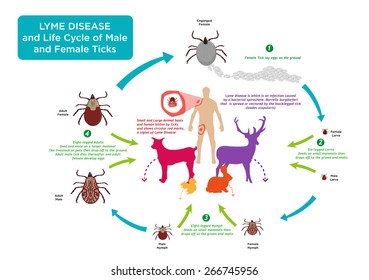
Life Cycle Tick Bug Common Hosts Stock Vector Royalty Free 266745956 Shutterstock
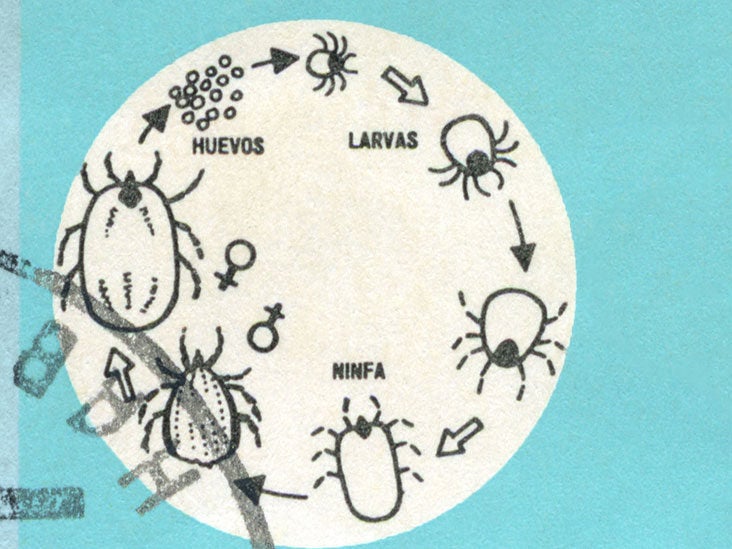
What Are Seed Ticks And Are They Dangerous

Ticks And Disease In Kentucky Entomology

Tick Vector An Overview Sciencedirect Topics

Tick Season Is Upon Us Larkmead Veterinary Group

The Tick Lifecycle Lyme Tick Borne Disease Testing Statistics

Deer Tick Pictures Identification And Lyme Disease
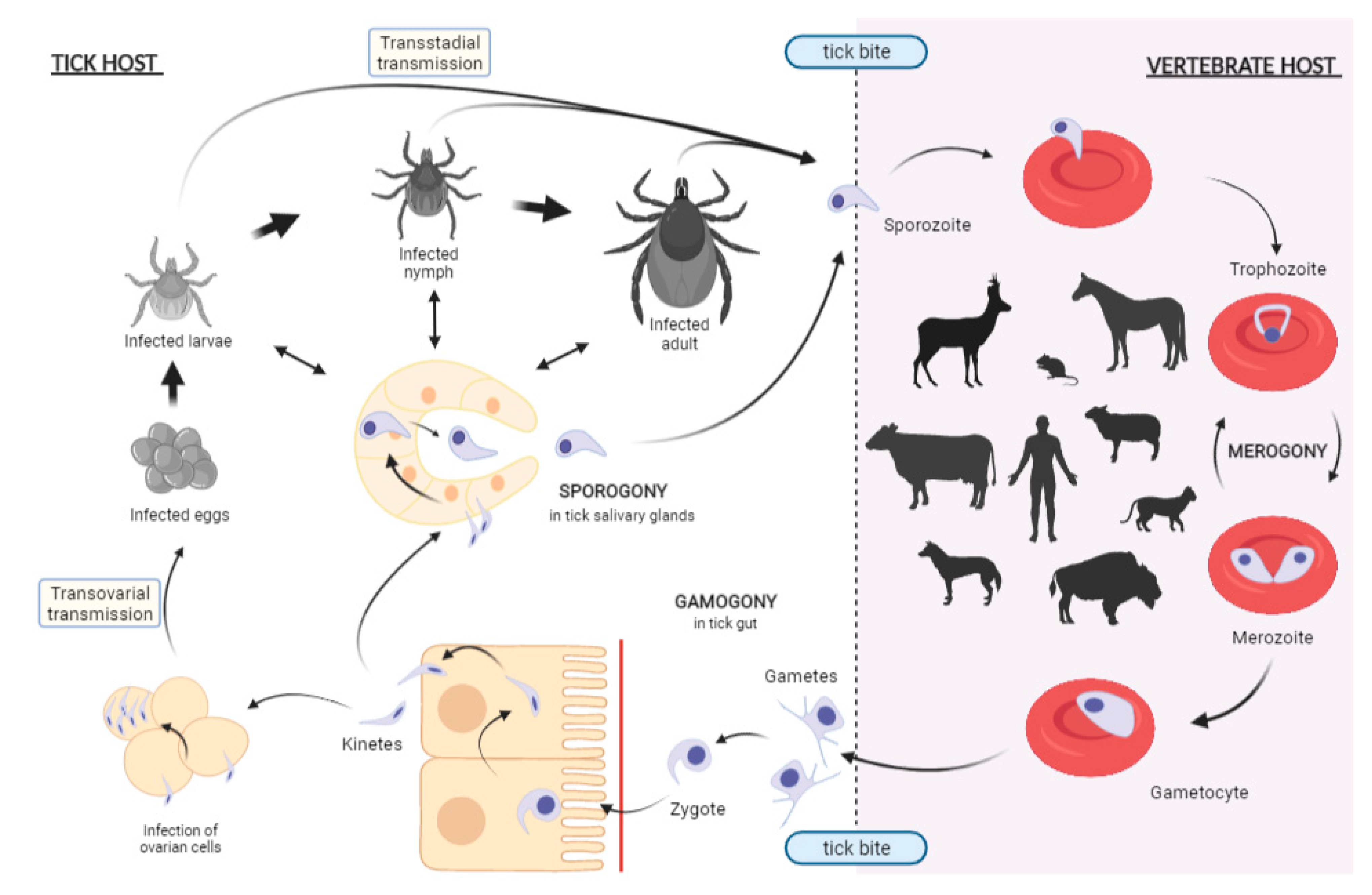
Pathogens Free Full Text Experimental Infection Of Ticks An Essential Tool For The Analysis Of Babesia Species Biology And Transmission Html

Lyme Disease In Horses 2022 Forageplus Talk
Life Cycle Visa Vis Symposiums

Heartland Virus Ticks Carrying Mysterious But Potentially Deadly Virus Now Found In 6 Us States Study Says The Independent

The Tick Life Cycle Printed With Permission From Jeremy Gray Eucalb Download Scientific Diagram

